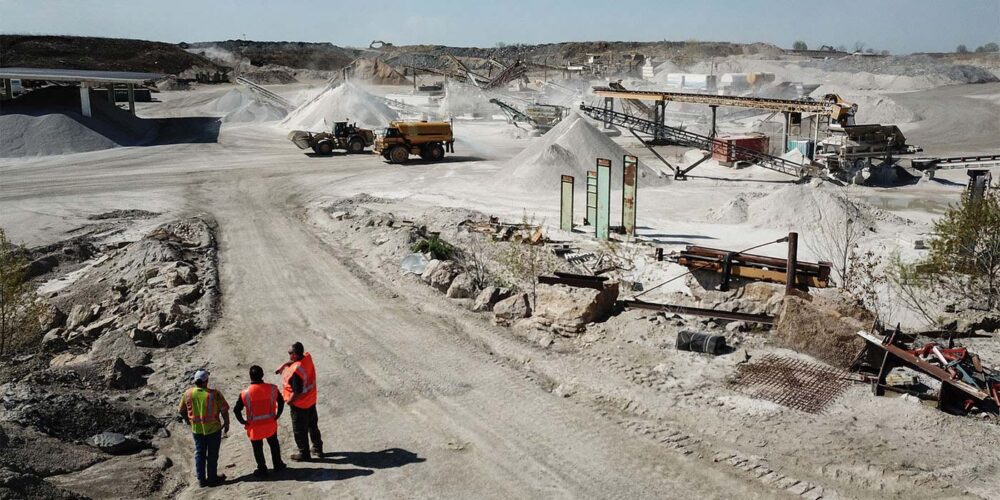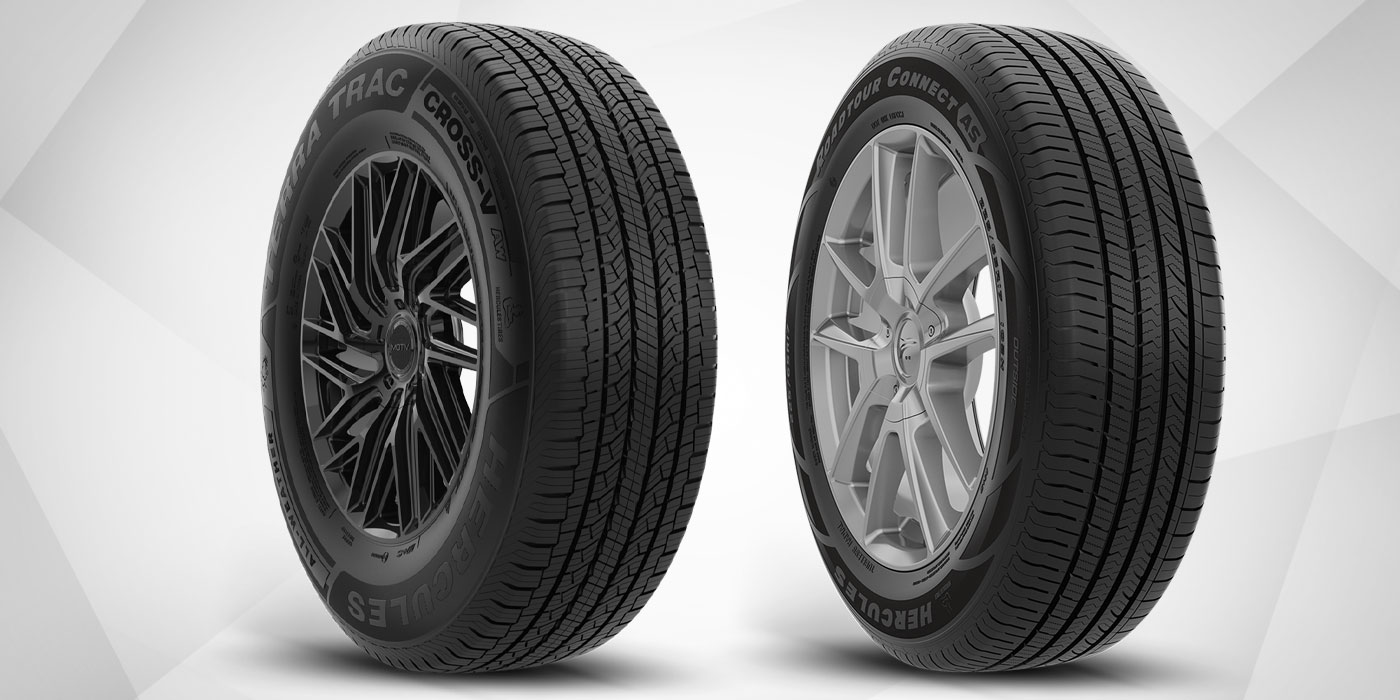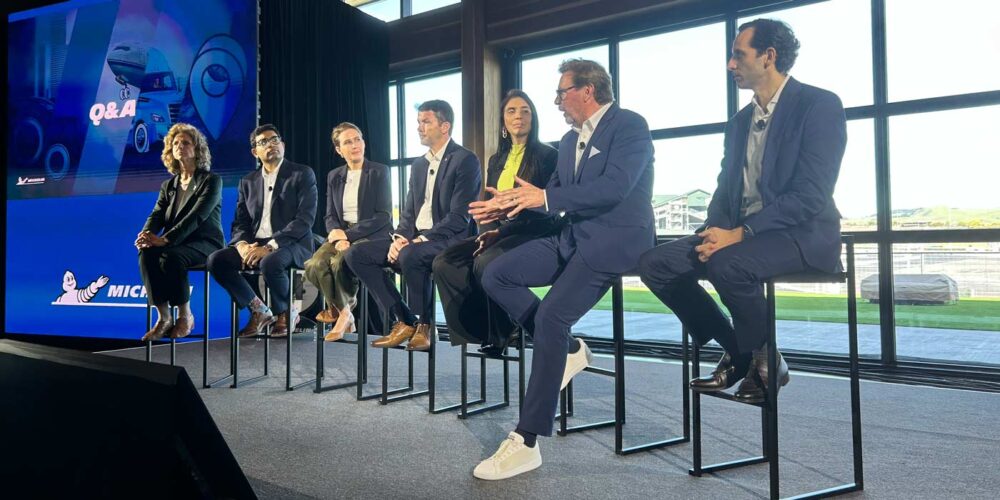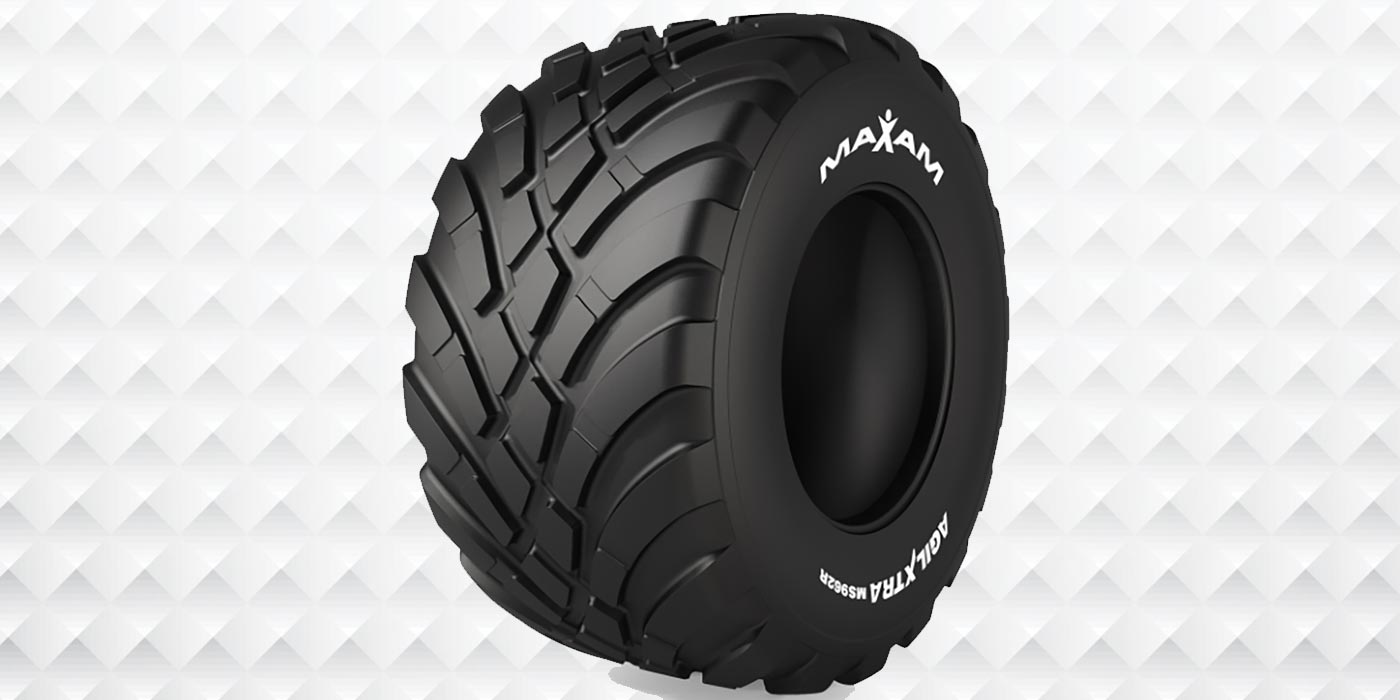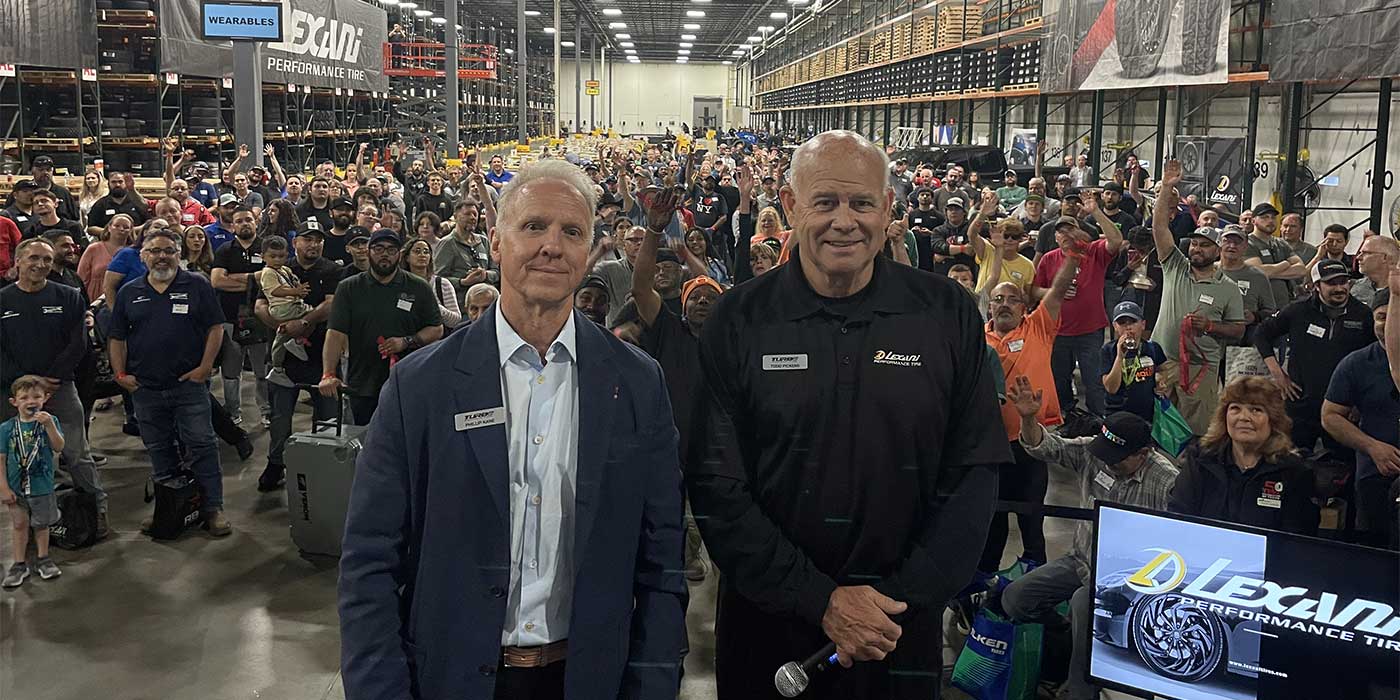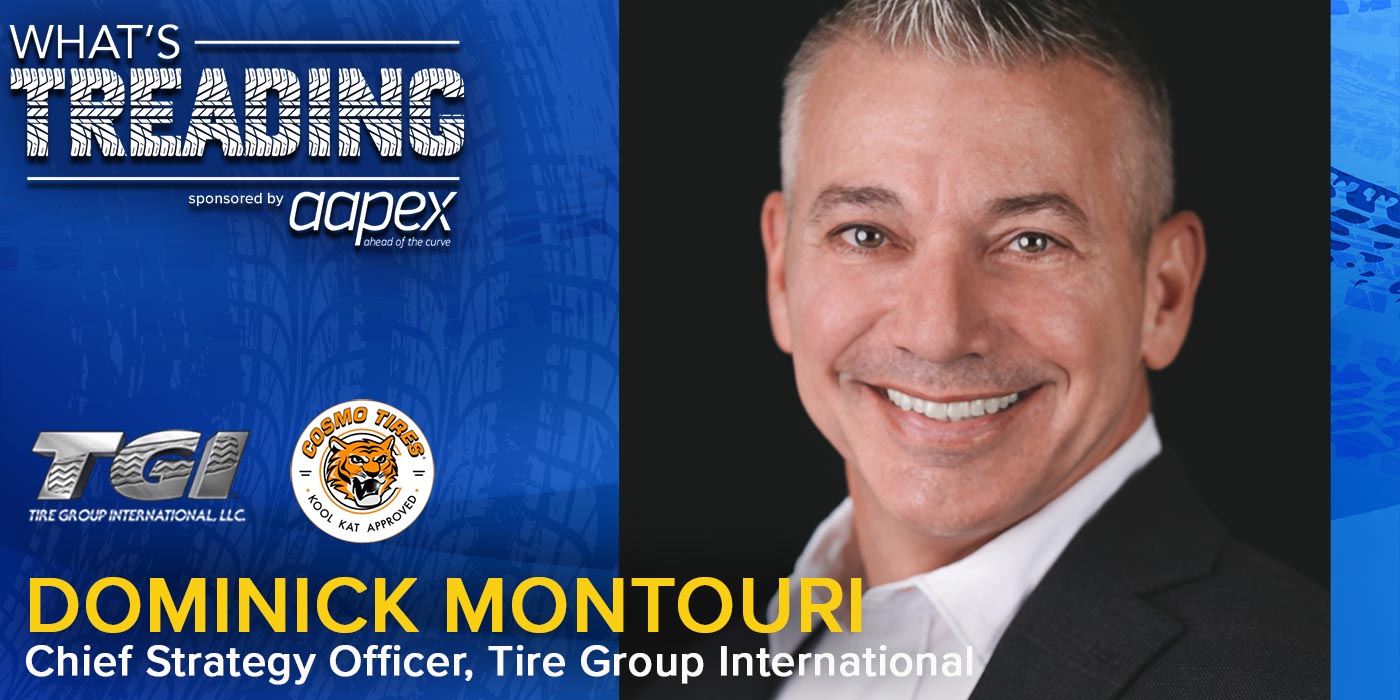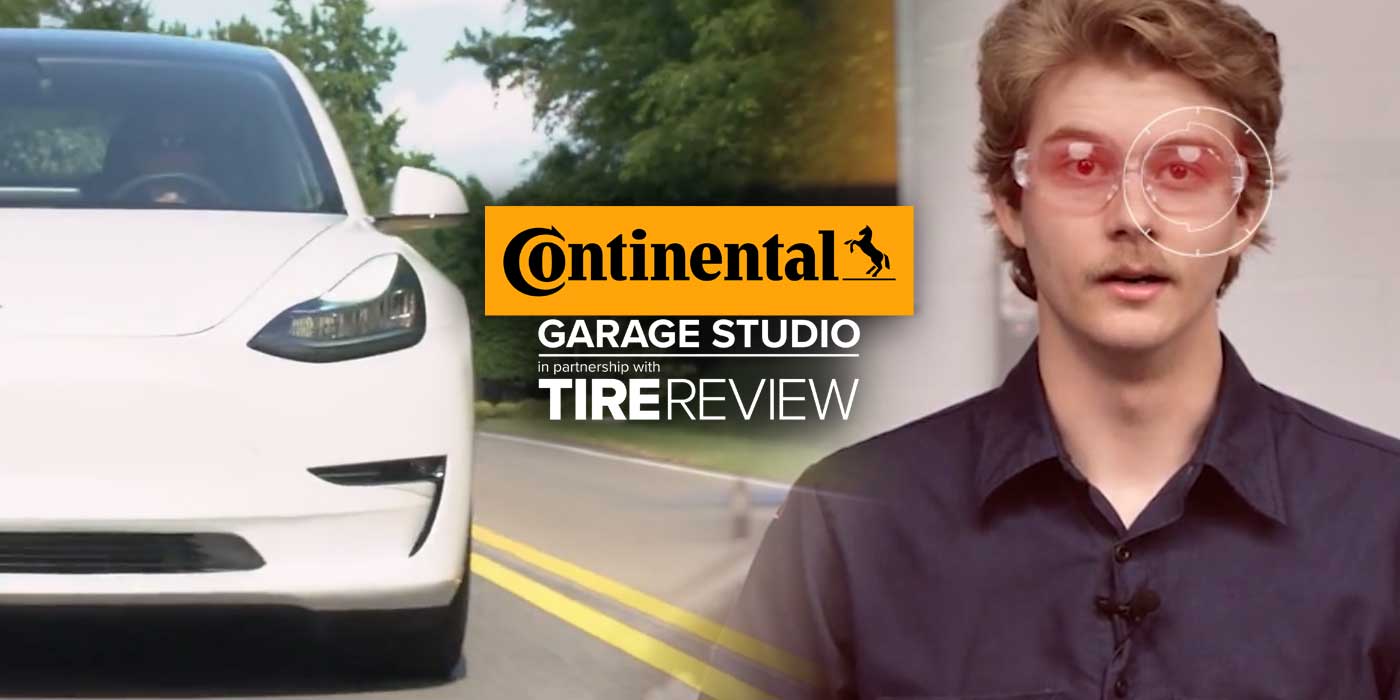Excessive wear and torque cracking down the sidewall on loader tires was a mystery for the staff at AA Quarry in Kingsville, Missouri. Following Robbie Pryor of Purcell Tire in North Kansas City, Missouri, and Gene Bryant of Yokohama Off-Highway Tires America, as they got to the bottom of the problem was a bit like watching Sherlock Holmes and Dr. Watson investigate a case. Sam Porter, lead mechanic technician at AA Quarry, called Pryor for advice.
“He’s a good operator, he knows what he’s doing, and he’s not really tough on tires,” notes Pryor. “That should say something about the tire that was on there before. The first thing you look at is air pressure, but that was OK. Then you look at maintenance, and at how the operator drives. He’s not tough on tires and they were coming apart anyway.”
That’s when Pryor called Bryant to take a long look, too.
“When I get calls like that, I want to see what they’re doing,” says Bryant. “I want to see the whole situation. I want to watch him—not for a minute, but sit back for an hour and watch what they do.
“You look at the surface, what kind of material they’re moving, how far they’re going,” Bryant adds. “All those factors come into play, especially in a loader application with them moving as fast as they do, and there’s a lot of mechanical things going on all the time.”
Common hazards
Pryor and Bryant were impressed with Rice’s handling of AA Quarry’s Cat 982M loader.
“Everything’s calculated,” says Bryant. “He loads the bucket well, doesn’t spin, doesn’t go in aggressively. He’s smooth and fast, and he doesn’t waste any wheel spin. He goes from pile to truck, and when the trucks aren’t there, he moves the piles in order. He’s very good at what he does.”
Rice didn’t make many of the mistakes or encounter the hazards that can ruin tires in many other quarries and surface mines. For instance, Bryant points to common challenges at quarries and mines:
- Potholes, which can cause blowouts at the sidewall or bead;
- Dropped rock from sloppy bucket handling, which leaves sharp rocks on the ground that can puncture treads, gouge sidewalls, cause impact damage to casings or work their way into beads;
- Excessive speed for conditions, which can build up heat in the tire and cause tread separation or tread wear.
Rice carries full buckets of limestone gravel as far as a half a mile at a time when he’s cleaning up piles, notes Bryant—a long run with a load that weighs 11 to 15 tons—but he does it smoothly, tidily and at a comfortable speed, so Bryant wouldn’t expect to see wear on a high-quality radial tire.
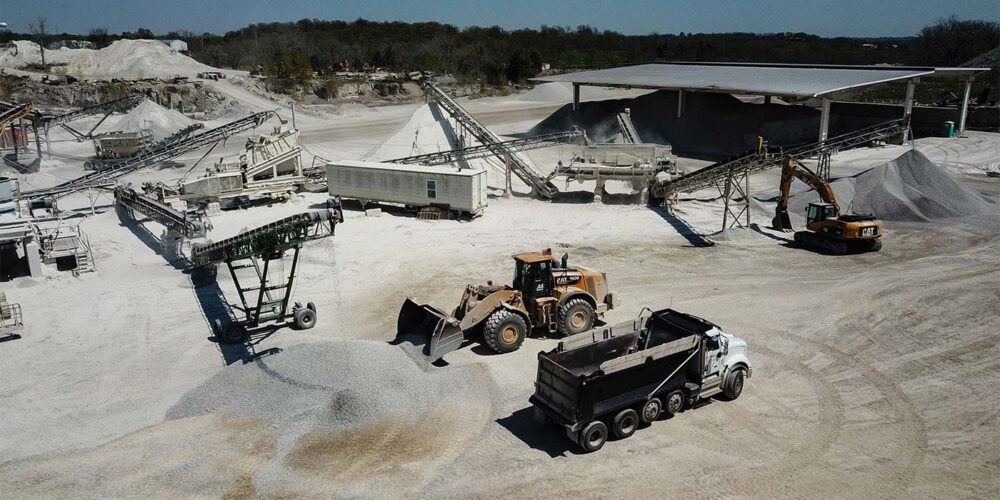
Stability and wear
After watching Rice work, walking the site to investigate the driving surface, and talking with Rice and Porter, Pryor recommended 875/65R29 Yokohama RT41 L-4 all-steel radials. The RT41s are slightly narrower than the tires they replaced, so Rice paid careful attention to their stability.
With more than 1,300 hours on AA’s first set of Yokohama RT41s, Sam Porter was doing some sleuthing of his own in the AA Quarry shop.
“When I evaluate tires, I like to look at the tread depth—that’s the easiest thing to look at,” Porter notes. “I’m also looking for cracks, cuts, bulges, pieces missing, anything that can indicate a problem. What I’m seeing on the Yokohamas is an even tread wear pattern, no separation or damage or abnormal wear, a lot less cuts from rocks, so right now, everything’s good.”
Partners in the process
Porter says he relies on Pryor and the Purcell Tire team as partners in the tire selection process.
“You have to have the right product to do the right job,” Porter says. “Have the company come out and match them to your work site. I don’t always buy the most expensive tire. I don’t always buy the cheapest tire. I try to buy the right tire for what we’re doing and make sure the company will stand behind it.”
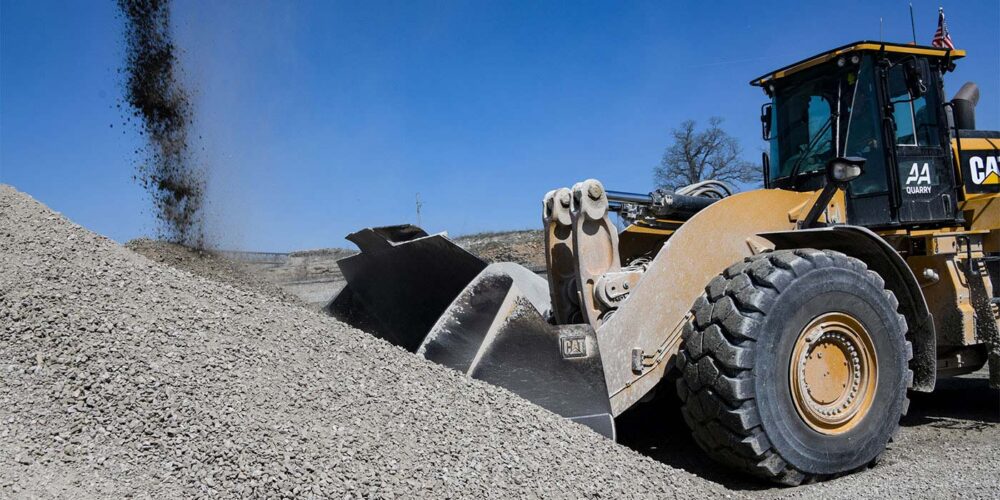
Loader tips for longer tire life
A skilled loader operator can coax hundreds more hours of life out of a good set of tires. Loader operator Jake Rice at AA Quarry in Kingsville, Missouri, says it all starts with a straight approach to the pile.
“Always try to go on the pile straight-on,” Rice advises. “That way, you’re distributing the weight between both tires. As soon as I go in the pile, I try to put some weight on the tires so I don’t spin them. That really cuts down on the wear.”
Other life-extending practices include:
- Proper inflation pressure, which optimizes the tire’s contact patch, reduces heat build-up from excessive flexing, and maximizes the tire’s ability to endure impacts and cuts.
- Regular maintenance. Cleaning rocks out of the tread and bead areas, staying on top of cuts and wear can prevent small problems from becoming huge ones.
- Rotating tires extends the life of tires as they wear and improves equipment performance by putting the most effective tires on the wheels where they’re needed most.
“A brief walk-around at the start of every shift and a couple of minutes spent checking pressures and wear can save thousands of dollars and hours of expensive downtime,” notes Gene Bryant of Yokohama Off-Highway Tires America, Inc.
Steve Werblow is an Oregon-based writer/photographer. He has worked with Yokohama Off-Highway Tires America, Inc. for years, covering tires in agriculture, forestry and a wide range of other industries.

